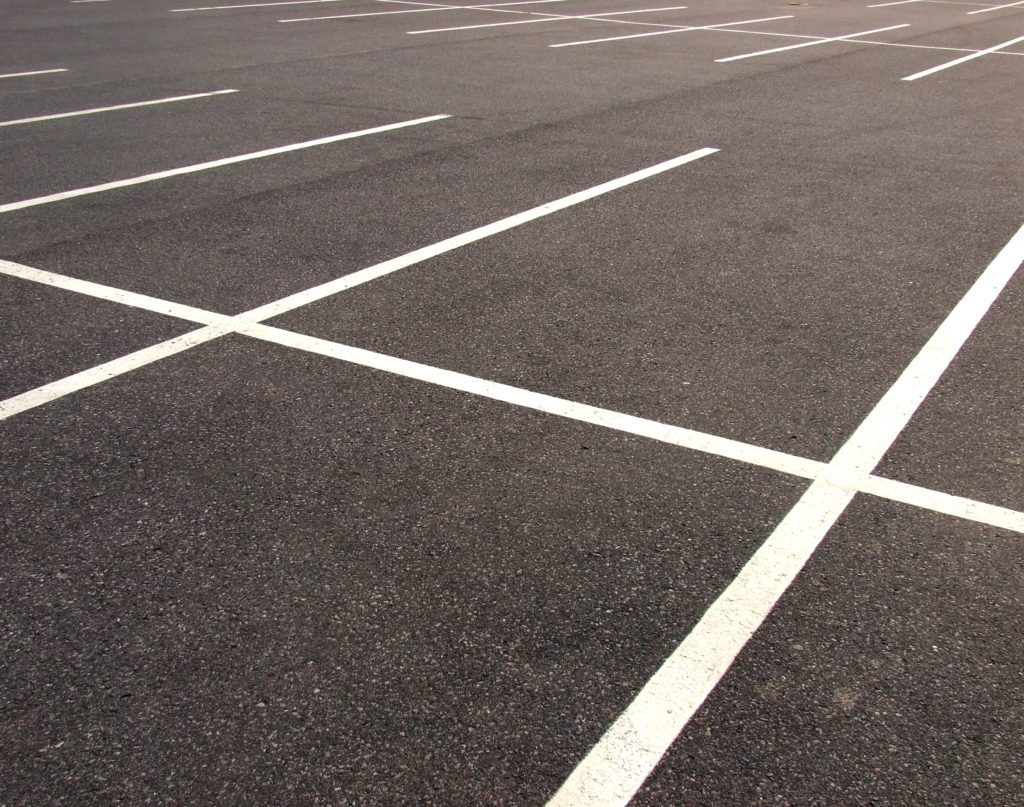Impervious area is considered to be ground cover that allows little to no rainwater that falls upon the surface of this cover after a rainfall event to be absorbed into or infiltrated into the ground. In other words, most or all of the rainwater turns into stormwater runoff that flows downstream from where it lands.
An impervious area probably allows between 95 to 100 percent of rainwater to run off of the ground surface and flow downstream. An area that is not considered an impervious area (also sometimes referred to a pervious area) might allow only between 20 and 65 percent of rainwater to run off of the surface.
The amount of impervious area in both the pre-development and post-development conditions is a major topic of discussion in land development that can be a main factor in determining the proposed layout for a new project.
Examples of Impervious Area
The main examples of impervious area are buildings, driveways, and roads. This kind of area would also include parking lots and retaining walls.
Gravel driveways and parking areas are also normally considered impervious areas. Standing bodies of water such as ponds might be considered impervious areas for the purposes of hydrology calculations but not be considered impervious areas with regard to zoning regulations.
Some examples of ground cover that are not considered impervious areas include meadow, woods, and grass.
How to Calculate Impervious Area
Impervious areas can be measured directly from a cad (computer-aided drafting) file or from taking measurements off of a hard copy of a plan using an engineering scale.
Calculations for impervious areas are usually found within a set of land development plans on one of the first sheets of the plan set. The actual area numbers for impervious areas are usually expressed in either square feet or acres. These numbers will also most likely be shown as a percentage of the total area of the property being analyzed.
Zoning Requirements
Knowing the impervious areas for a site would be most likely be required to determine compliance with local zoning ordinances that regulate how much impervious area is allowed to be constructed on a site.
How much impervious area is allowed would depend on the reviewing municipality and the zoning district within which your site is located.
Related: What Is a Zoning Ordinance?
Stormwater Management Regulations
A main factor in the design of stormwater management systems and storm drainage systems is the amount of impervious area that is proposed to be constructed.
Local ordinances will probably require detailed calculations demonstrating compliance of these systems with regulations. These calculations would include hydrology calculations that would require accurate measurements of impervious areas.
Related: Land Development Regulations (A Simple Guide)
A Critical Part of a Land Development Design
The determination of impervious areas is a critical part of a land development design since a new project would have to comply with both zoning and stormwater regulations.
Limits on the amount of impervious area allowed for a site would limit what layout can be proposed. Also, limited space for a stormwater management system could be another factor in determining the layout that can be proposed.
Related: Stormwater Management (A Guide for the Non-Professional)



